Tucum Crab Necklace Kaiabi
Adornment produced from the coconuts of the Tucum and the Jarina palm trees.
The Kaiabi call themselves Kawaiwate and their language derives from the language family Tupi-Guarani.
After a great displacement from their original land which occurred by huge conflicts, the Kawaiwete inhabit four Indigenous Lands situated between the Pará and Mato Grosso states.
This unique jewelry is a manifestation of a deep relationship between the Kaiabi indigenous people and the spirit plan and spirit animal that guided them to harvest the material.
For all indigenous peoples, wearing such adornment is a ritual of honor to the forest and their relationship with their relatives, which they consider to be all the animals, plants and ancestors.
Material: Tucum (Bactris setosa), crab shell and Jarina palm trees fruit (Phytelephas aequatorialis)
Adornment produced from the coconuts of the Tucum and the Jarina palm trees.
The Kaiabi call themselves Kawaiwate and their language derives from the language family Tupi-Guarani.
After a great displacement from their original land which occurred by huge conflicts, the Kawaiwete inhabit four Indigenous Lands situated between the Pará and Mato Grosso states.
This unique jewelry is a manifestation of a deep relationship between the Kaiabi indigenous people and the spirit plan and spirit animal that guided them to harvest the material.
For all indigenous peoples, wearing such adornment is a ritual of honor to the forest and their relationship with their relatives, which they consider to be all the animals, plants and ancestors.
Material: Tucum (Bactris setosa), crab shell and Jarina palm trees fruit (Phytelephas aequatorialis)
Adornment produced from the coconuts of the Tucum and the Jarina palm trees.
The Kaiabi call themselves Kawaiwate and their language derives from the language family Tupi-Guarani.
After a great displacement from their original land which occurred by huge conflicts, the Kawaiwete inhabit four Indigenous Lands situated between the Pará and Mato Grosso states.
This unique jewelry is a manifestation of a deep relationship between the Kaiabi indigenous people and the spirit plan and spirit animal that guided them to harvest the material.
For all indigenous peoples, wearing such adornment is a ritual of honor to the forest and their relationship with their relatives, which they consider to be all the animals, plants and ancestors.
Material: Tucum (Bactris setosa), crab shell and Jarina palm trees fruit (Phytelephas aequatorialis)
Care Instructions
Indigenous arts are made out of natural materials, and therefore require great tending and care. Please keep the pieces in a dry place and avoid long periods of sun exposure, especially for the art that contains colors in it. Remember that the stalk and fiber from plants tend to soften overtime and gain new shape as we wear them!
Enjoy your indigenous art and contact us if you have any questions!





